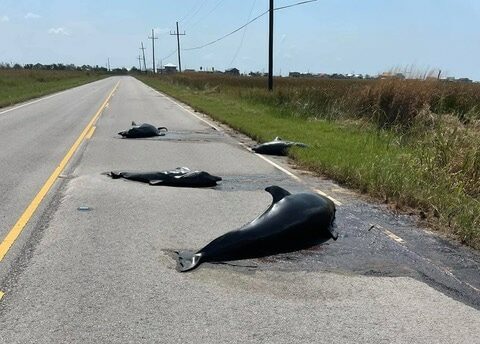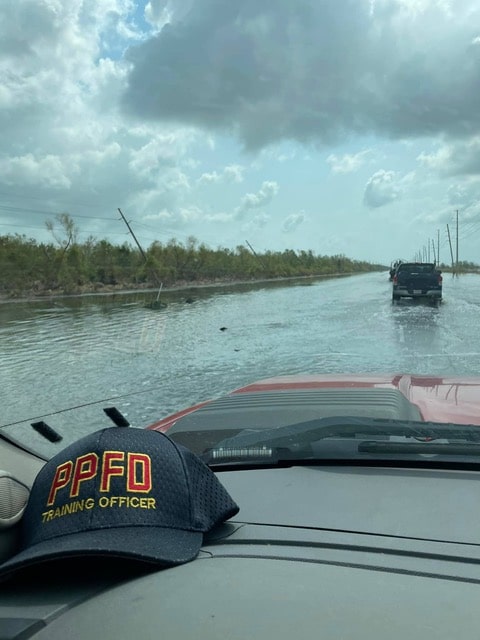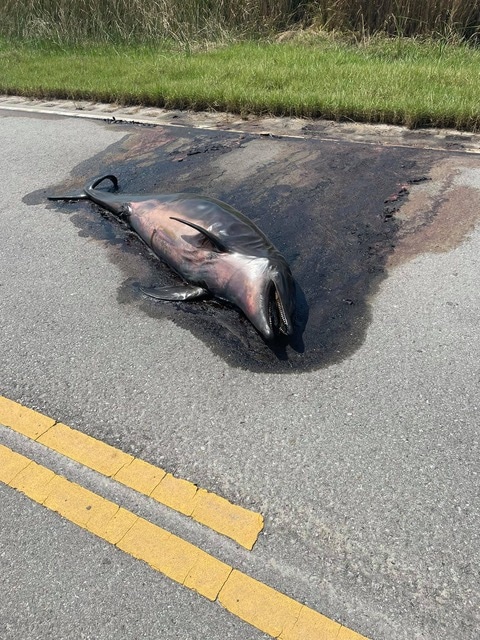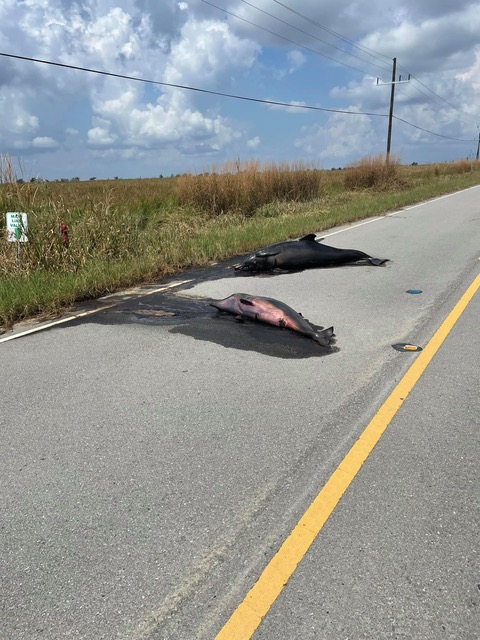Letters: ‘Shameless.’ ‘Cowards.’ Readers react to KY legislators’ actions on COVID.

Policy over politics
Republican legislators are wrong to approve a bill that lets local school boards set district rules for mask wearing. Debates are going on in these districts between those who resist wearing masks and those who support masks. The resisters say any government action that requires them to do so is against personal freedoms. The other side contends those who won’t wear masks go against the common good — threatening the freedom of every person’s life. The pandemic is worse. COVID hospitalizations are up and deaths from the virus are increasing. Studies show masks help slow spreading of the coronavirus.
We need our legislators to make laws based on fact instead of relying on a patchwork of school boards to decide if freedom is being violated. A statewide law to wear masks in schools will help lower the risk to our vulnerable school kids — our future — and to further the common good.
This isn’t a political matter. It’s a matter of public policy to stop COVID. No matter where one stands on who should resolve the friction between liberty and the greater good; it puts a modern spin on what Patrick Henry said: “Give me liberty or give me death.”
Jim Kurz, Lexington
Face the truth
We’re at a point with the COVID Delta variant that words don’t need to be fashioned into summarizing everything bad and good that’s happened in our lives the past 18-plus months. We need to discuss our current situation and immediately take action with the brutally honest display of truth that is playing out in front of us every day. I hope at the end of each day we not only take action to protect those who can’t protect themselves, our children, but we also live our lives through our own Scriptural purpose to love thy neighbor as thyself.
Here are the TRUE news headlines from across Kentucky: 15 year old student dies of COVID in Shelby County; coach dies of COVID in Greenup County; teacher’s assistant dies of COVID in Lee County; 40-plus school districts out of 171 in the state have had to shut down in the first four weeks of in-person school.
I hope and pray that our local officials, community leaders, superintendents, school board members, and others have the courage to stand up for our children, and keep the masking requirements in place at our local districts. Let’s work together, stand united, and show our children and students what role models we all can be.
Craig Miller, Augusta
Nice going, GOP
Six of our counties are in the national top 10 for new virus cases including Senate President Robert Stivers’ Clay County. I’m old enough to remember back in May when the state’s positivity rate was about 3%. Of course that was because we had an evil, wicked, mean, and nasty governor who made us wear those awful masks because he cared about protecting us. But now we have our freedom. In case Senator Stivers’ pizza plan doesn’t work out, maybe he can induce funeral homes to offer discounts for COVID related deaths. Funeral directors don’t need to worry. With our legislators’ public health expertise, which is clearly shown by prohibiting statewide mask mandates, they’ll be doing land office business for quite some time.
Jay Hopkins, Frankfort
So much worse
“No good deed goes unpunished” is a good description of how the General Assembly rewarded Gov. Andy Beshear’s efforts to contain the COVID pandemic in Kentucky. His efforts helped to protect the people from the rampant spread of the virus. Since his emergency powers were removed, the numbers of people infected have spiked. ICU beds are full of COVID patients. Elective surgeries have been cancelled. COVID infections in children have skyrocketed. Good job, legislators! For science deniers, it brings to question what was their goal? Was it Darwinian survival of the fittest or more appropriately culling of the stupid?
Cheryl Keenan, Lexington
Behind the masks
The masks are off. Senate Bill 1 passed the Senate, then the House of Representatives approved the bill. While I was confident that Governor Andy Beshear would veto the bill, as he did, the super majority in the General Assembly overrode the veto. In this case, taking a mask off reveals a lot more than deadly germs that are easier to spread. Let me explain. Two years ago, another Senate Bill 1 strengthened the guidelines for safer schools that improved conditions to make schools safe. By approving the School Safety and Resiliency Act of 2019, Republican leaders believed it was more important for the state to have uniform standards rather than let school districts do their own thing.
In this special session, another Senate Bill 1 sought to deal with important health and safety issues. Instead of looking out for the best interests and the health of all Kentuckians, Republicans in Frankfort have only cared about asserting their power. If they had been concerned about protecting the life of the citizens of this state, reason would have guided decisions. The masks of Republican leaders are off, and it’s easy to see who’s playing politics.
Todd Steenbergen, Glasgow
Basic sense
Where have we gone so wrong in teaching basic common sense? Ignorance is the only explanation I can think of for people calling themselves “patriots” while trying to overthrow our government (the word is traitor, not patriot). Looking at over 600,000 people dead from COVID-19 and virtually no one dead from the vaccine and still refusing to get it to protect themselves (math error). Getting medical information from politicians, Facebook, and talking heads on TV and radio instead of medical professionals. Believing in conspiracy theories that could only be true if many thousands of people could keep a secret and mainstream news organizations weren’t motivated to compete for viewers and criticize each other for inaccurate reporting. Politicians who are willing to let their own constituents die with bad information and decisions just to further their own ambitions (Hint: if your constituents are dying you are losing votes). This seems, by definition, to be a “death cult”. This past year has been a period fraught with changes and uncertainty, but that is when sane, educated people should seek information sources which take pride in a reputation for accuracy rather than deceitful lies designed to boost ratings.
Mark S. Freeman, Lexington
‘Hyenas’
Shameless, just shameless — the Republican Party of the United States, particularly when it comes to public health. They ignore and argue against proven methods to combat a deadly infectious disease. A political gain is more attractive to that pack than mitigating suffering or forestalling death.
Here in Kentucky, we have clear examples of that ravenous behavior in the persons of U.S. Sen. Rand Paul, Congressman Thomas Massie and Attorney General Daniel Cameron, along with the GOP state legislature. One could easily construct a substantial list of shortcomings but a few lines from a Rudyard Kipling poem go precisely to the heart of the matter.
His piece “The Hyenas” describes a burial party leaving a grave, with the animals coming out at night to dig it up. The hyenas:
“Who, being soulless, are free from shame,
Whatever meat they may find.”
Robert Louis Hetzel, Louisville
Children pay price
The ancient Ammonites worshiped a deity called Molech. This worship included the sacrifice of children and others as burnt offerings. Today we are witnessing a modern-day “Molech” in the form of COVID virus in which children are being deliberately exposed to conditions conducive to them becoming victims of the virus. The parents of these children may believe that they are doing what is right, just as the parents who sacrificed their children to Molech in ancient times probably believed they were doing the right thing. First responders, medical workers, military, and others (Christ was the ultimate example) sacrifice themselves for others. Molech worshipers sacrificed children and others in their control for the benefit of the deity or to receive a favor from the deity. Today’s sacrifice of children to the COVID Molech is of this latter type and is for free choice, supported by some elected officials apparently serving as Molech priests, perhaps for political gain. A primary responsibility of the government is to provide and promote the welfare and safety of the citizenry. Many officials are failing miserably in this duty. Children deserve the greatest love and protection possible from their parents, community and leaders.
Henry R. Wilson, Gravel Switch
Where are lawmakers?
I am appalled at the decisions being made concerning the most frightening epidemic in our lifetime. The lack of leadership to require FDA approved vaccinations and masks is intolerable. Recent headlines were so depressing, I almost cried. Who are these people caring so little for a child’s life, who cannot be inconvenienced to wear a mask to prevent killing someone else?
I was required to be vaccinated against smallpox, polio, diphtheria, typhoid, tetanus, measles, mumps, rubella. I was vaccinated for COVID. The COVID vaccine is proven, free, and the only answer to end this pandemic.
I voted for Democrats and Republicans. I contributed to both parties for candidates I believed would have the intelligence to serve the best outcomes for the majority and the independence to stand up if the majority repressed the less fortunate or minorities in need. This is not about party; this is about common sense, freedom, liberty, and true democracy.
Where are the intelligent legislators who understand science? Where are the legislators who are brave enough to lead us out of this pandemic? Who will represent those who cannot protect themselves? The legislature is busy playing politics, hence won’t support our governor.
Carol Brooks, Lexington
Merchants of death
The GOP in Kentucky is mandating the death of Kentuckians. Their lies about the reliability of science is demonstrated in their use of it everyday in nearly every function they carry out, in the computers they use, the cars they drive, the glasses they wear, the cell phones they use. If science is so “unreliable” then they need to stop relying on it altogether.
The GOP cowards are failing and fearing to lead their constituency from the darkness of ignorance. They are sycophants trading the lives of their constituents for not anything having to do with the falsehood of freedom they promote, but a selfish perception of political gain. Kentucky children will die for this, Kentucky parents will die for this, and Kentucky teachers and laborers will die for this, and they know it.
People who are among those who are brainwashed into dubiousness, that dubiousness will end once they are intubated and placed in a coma in a final attempt to save their life, or when they watch their child go through that trial, or when that child cries, wondering if they will ever see their mother and father again, after they are admitted to the hospital.
Robert Moreland, Lexington















